Brussels
With a population of 1.8 m Brussels (French: Bruxelles / Dutch: Brussel) is the capital of the Kingdom of Belgium and the unofficial capital of the European Union, with many of its institutions making the city their home. It is also the HQ of NATO, the North Atlantic Treaty Organisation. Because of its international vocation, Brussels is a very diverse, cosmopolitan city with a very lively atmosphere and pan-European outlook. English and other languages are widely spoken.
Geographically Brussels is a few kilometres inside the Flanders (Dutch-speaking) region of Belgium, however the majority of its inhabitants speak French as their first language.
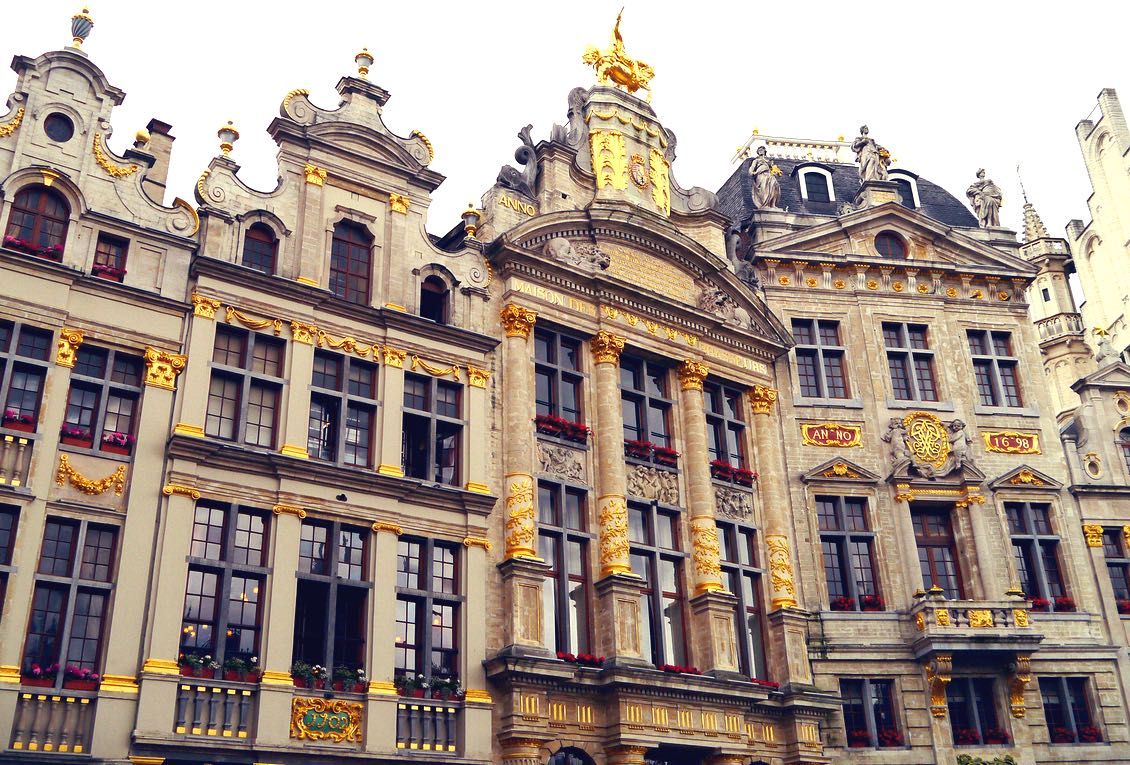
Photo Credit: Paul Lee-Maynard
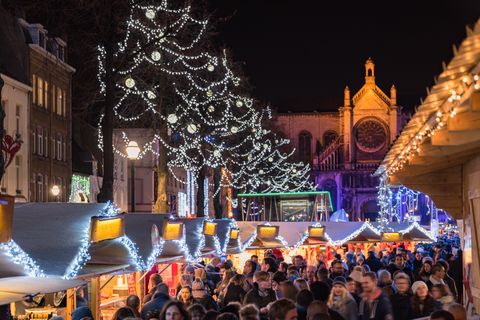
When to visit
Brussels has an Atlantic climate, but being slightly inland it can get quite cold in winter and snow is not so unusual from December to March, though it rarely stay on the ground for long. Summer days can be quite hot, especially in July and August. The wettest months are generally October through December.
Discover and enjoy...
If you have never been here before, make sure you don´t miss the main sightsAnd whether it´s your first time or you´re coming back again, we think you´ll enjoy these hot tipsor take that special vacation selfie

Touristy, but definitely unmissable is the famous Mannekenpis, the symbol of Brussels. Marvel the splendour of the historical buildings that frame the Grand Place. Most of them belonged to the guilds of the city. Lose yourself in the beautiful Sablon area and visit the gothic church of Our Lady of Victories. Another imposing gothic church is St Michael and St Gudula Cathedral, which is the church where all the royal weddings and funerals are held. Don't miss the Atomium, another famous symbol of the city: it is situated a bit out of the centre, but it's worth a visit.
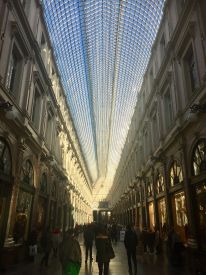
Walking through the spectacular Galeries Royales Saint-Hubert is a bit like going back in time, to a romantic bygone era. Opened in 1847, they included shops, auditoriums, cafés, restaurants and apartments. They were a place to be seen and the favourite meeting place for painters and writers of the time. The colony of French refugees, like Victor Hugo, Alexandre Dumas, Edgar Quinet and others, would also gather here, at the Café des Arts. A commemorative plaque recalls the first showing of the Lumière brothers’ motion picture camera in March 1896, in the former dispatch room of the La Chronique daily newspaper.

The Marolles is one of the most authentic neighbourhoods in Brussels where will find the city's oldest bars, numerous antique shops and historic brasseries. The area is also known for its flea market, in Place Jeu de Balle and the urban art - so that each building acts as a canvas. The Marolles is where you will find the best second-hand shops in Brussels along rue Haute and rue Blaes, which are a veritable haven of antiques dealers and vintage shops. For instance, pop into Melting pot, whwre you pay for your second-hand clothes by the kilo. One of our favourite restaurants, Le Wine Bar (rue Haute 198) is a must stop for all those who like to experience the best local produce.

There's nothing quite so Belgian as Tintin. Created by the mind and pencil of Georges Prosper Remi, better known as Hergé, Tintin is the young character of innumerable adventures, always accompanied by his faithful dog Snowy (Milou in the original version) and many colourful friends and foes.
Since 2009, the Museé Hergé in Louvain-la-Neuve, just a short hop from Brussels, is dedicated to Tintin and the other characters created by Hergé and his formidable talent. You will be able to trace back the history of Tintin as a column on the magazine Le Petit Vingtième and the successive release of the adventures as proper illustrated books, which were translated in 110 languages and are famous all over the world.
The museum building, designed by architect Christian de Portzamparc is a stunning architectural creation in itself worth a visit.
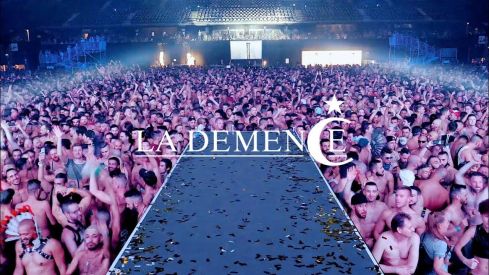
Since the 1990s, Brussels' gay scene is synomymous with La Demence. It's a mega-party whose reputation goes well beyond Belgium's borders, attracting people from the whole of Europe and beyond. It is held usually every month (check the calendar here) and there are special multi-nights events at Easter and over the Anniversary Weekend (end of October/beginning of November). Whilst the ordinary dates are held at Club Fuse (rue Haute), the special events are held at Palais 12, with a capacity of 15,000.
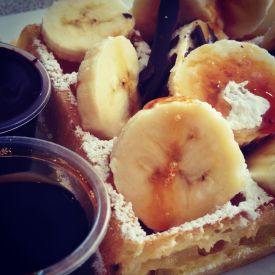
People don't rate Belgium very high for food - apart from chocolate, but we've visited so many times and every time we've been totally surprised by the quality of the local produce and the passion that people here have for a good and tasty meal (albeit usually not calorie-friendly).
Apart from the delicious mussels (moules), which inevitably come with deliciuos thin fries and mayonnaise, try the tasty carbonnade a la flamande (beef stew slow-cooked in dark beer) or the boulettes a la liégeoise (meatballs of mixed minced pork and beef in a sweet-sour sauce). Also worth mentioning are the delicious vol-au-vent - a sumptious creamy chicken fricassee in puffy pastry cases.
And do we even need to mention the delicious Belgian waffles? We recommend the Liege waffles, which are famous because they are made with pearl raw sugar, which melts and gives the waffles a unique caramel flavor.

One of the most famous and well known Belgian surrealist artist was René Magritte, who created some of the most instantly recognizable images of the 20th century and clarly influenced pop art, minimalist art, and conceptual art. Brussels dedicates an entire museum to this influential artist, to bring together the world's largest collection of his work, which includes paintings, gouaches, drawings, sculptures and painted objects, as well as advertising posters, musical scores, photographs and films.
The Museé Magritte is located in Place Royale and it is definitely worth a visit to immerse in a bizarre and surreal universe that is Magritte's art.
Planes, trains and automobiles...
Brussels Airport is located in Zaventem, 11km north of the city. It is connected by rail not only to Brussels itself, but to other Belgian cities like Antwerp and Bruges and other European cities, including Rotterdam (1h45m), The Hague (2h05m) and Amsterdam (2h55m) in the Netherlands.
Brussels has two main rail stations: Midi/Zuid (South) and Nord/Noord (North) but they are on the same line that crosses the city from North to South. There are other secondary stations along the line, such as Central/Centraal, Congres and Chapelle/Kapellekerk.
From the main North and South stations there are trains to many European destinations, including Paris, Lille, Frankfurt, Cologne, Amsterdam, The Hague and many others.
Eurostar trains to Brussels South (Midi/Zuid) from London reach the Belgian capital in about 2 hours.
Brussels has quite a compact centre and it can be easy navigated around on foot. Many of the old streets are pedestrian only or their access to cars is limited. There are four Metro Lines and an extensive Bus network running until around after midnight, after which there are night buses (Noctis Lines). All public transport is run by STIB and the best way to go about if you’re planning to use the transport system is to use a MOBIB card, which can be pre-charged with number of trips or special 24 or 48 hours passes.
MOBIB cards can be purchased at kiosks (in main station) and can be recharged at the same kiosks or at over 400 machines around stations, online and even in some libraries & grocery stores. MOBIB can also be used on train journeys within city limits. Single tickets are also available (JUMP tickets) but remember that they are cheaper if bought in advance from the kiosks or the machine, rather than on board.
The Scene
Belgium is one of the most progressive countries in Europe when it comes to LGBT rights, which are supported by a vast majority of the population. Here same sex activities are legal since 1795 and the age of consent was equalised in 1985. It was also the second country in the world to legalise same sex marriage in 2003 after its northern neighbour the Netherlands and same sex adoption in 2006. Belgium has already had a gay prime minister, Elio Di Rupo.
The city has a small but lively gay scene. The main bars are clustered around the Rue du Marché au Charbon / Kolenmarkt, just a few steps away from the Grand Place.














